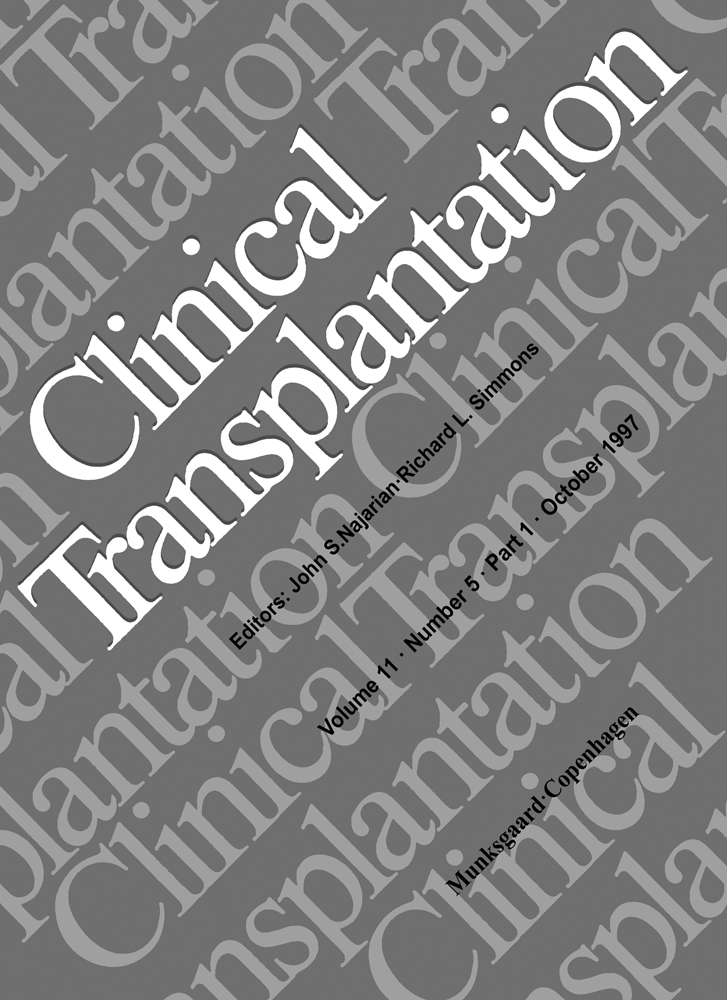Orthotopic liver transplantation for adult-onset Type II citrullinaemia
Abstract
Citrullinaemia is a rare autosomal recessive disorder due to a deficiency of argininosuccinate synthetase (ASS). While the clinical course of the adult onset form (Type II) is unpredictable, many patients undergo sudden deterioration with progressive cerebral oedema. Two patients with Type II citrullinaemia were referred for liver transplantation. One patient was successfully transplanted, and his plasma citrulline level decreased from 300 to 69 μmol/l (normal range 20-60 μmol/l); Fisher's ratio increased to a normal range within 24 h of transplantation. The other patient died from cerebral oedema, despite optimal pharmacological measures, while awaiting a suitable donor organ. Dietary and pharmacological treatment is vital before liver transplantation. The level of serum arginine requires regulation, as it can rise secondary to citrullinaemia in Type II disease. An immunocytochemical study of the liver in both patients showed a clustered distribution of ASS which is associated with a dismal prognosis compared with patients who have a homogenous distribution. Distribution of ASS was normal in the transplanted liver.
Liver transplantation is effective therapy for adult-onset Type II citrullinaemia. A clustered pattern of ASS distribution in a liver biopsy is a significant feature to activate early referral for liver transplantation.




